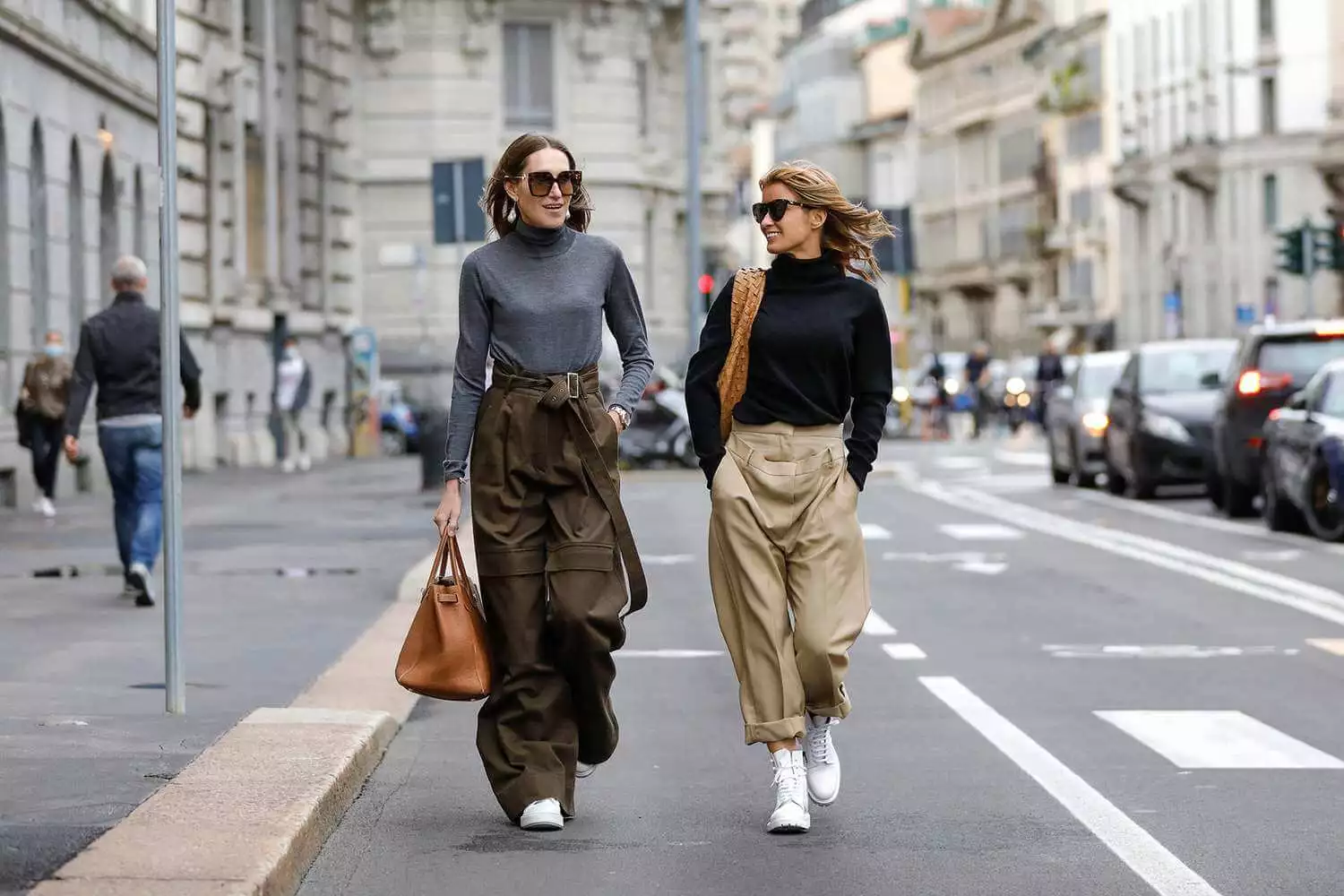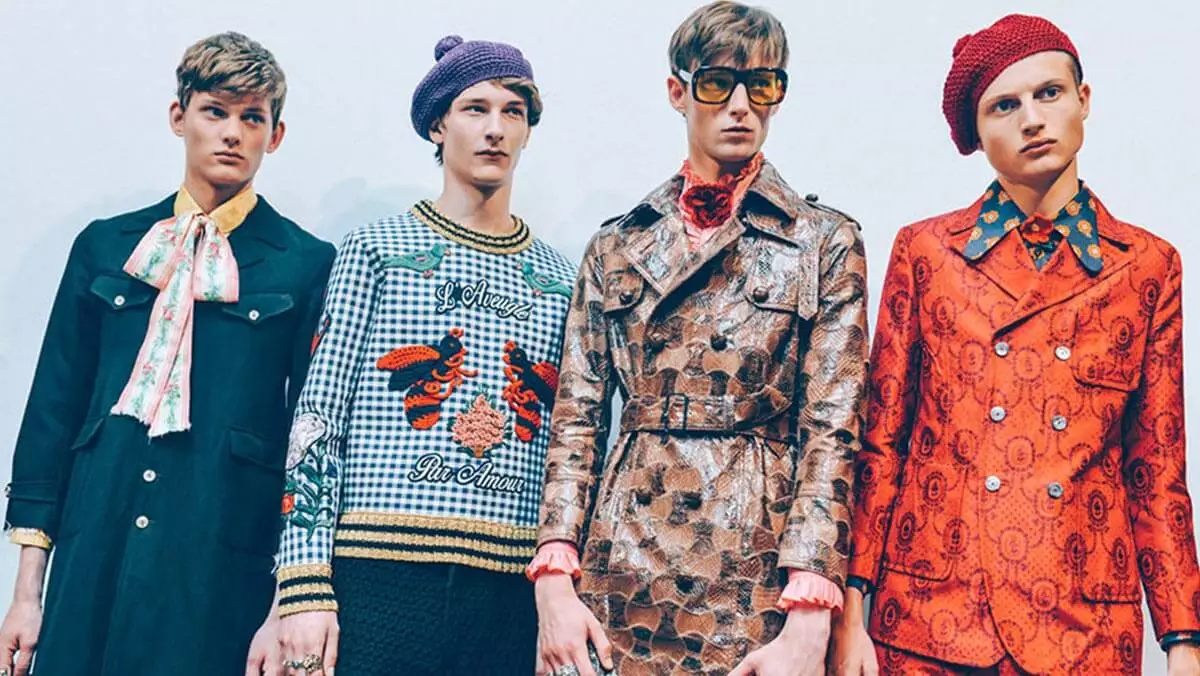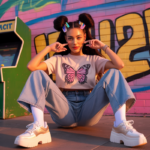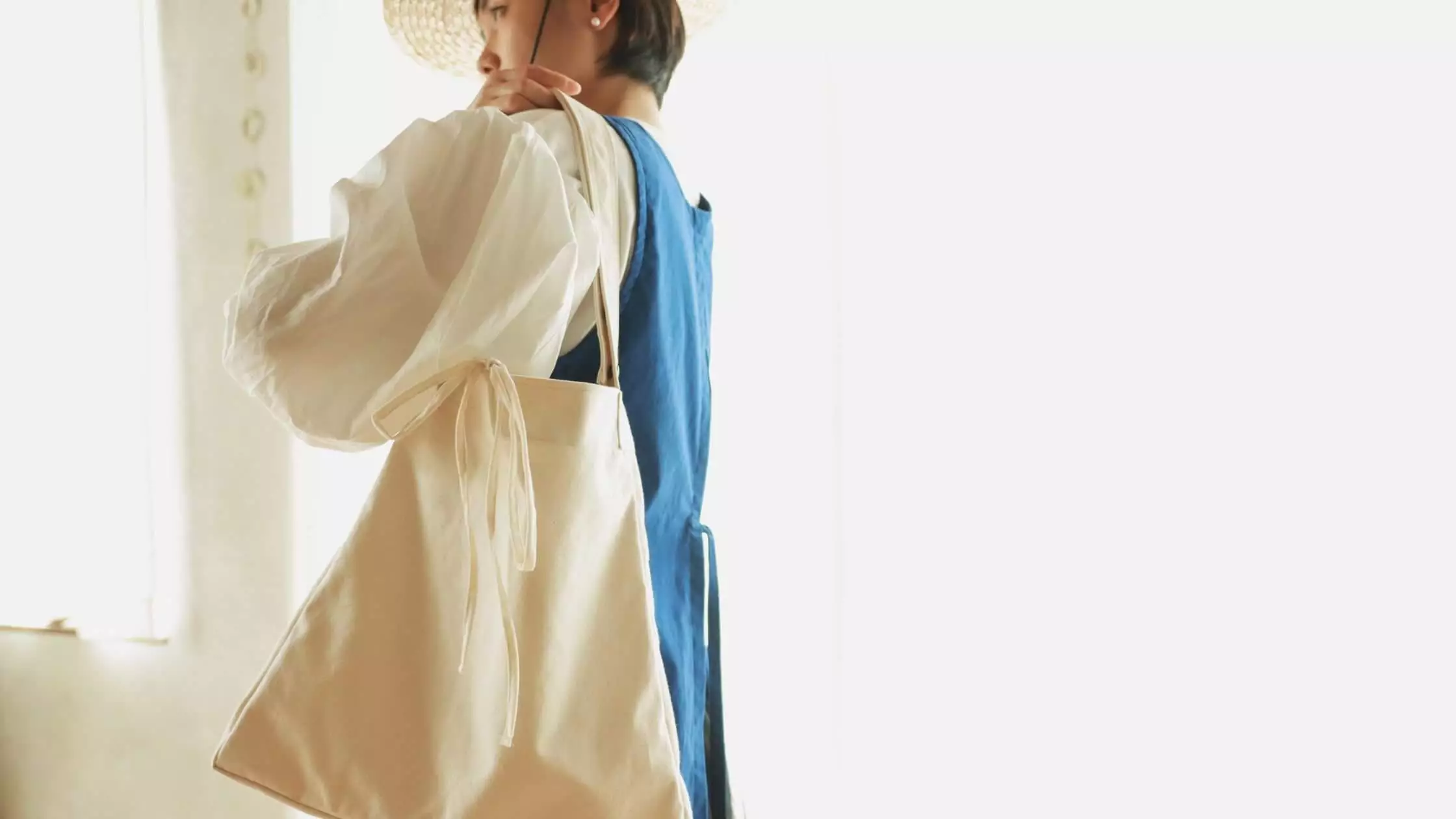The Evolution of Street Style: From Subculture to Mainstream
The evolution of street style, from its origins as a subculture to its current mainstream prominence, is a captivating journey that reflects the power of fashion as a form of self-expression. As an avid fashion enthusiast, I’ve witnessed firsthand how street style has transformed from underground movements like hip-hop, punk, and skateboarding into a global phenomenon. From iconic streetwear brands to the influence of street style icons and photographers, the impact of street style on pop culture and the fashion industry is undeniable. Join me as we delve into the fascinating history and transformation of street style.
Content

Historical Roots of Street Style
Street style, a captivating form of self-expression through fashion, has a rich history rooted in various subcultures. Let’s delve into the fascinating origins of street style and its influence on contemporary fashion.
Also Read: Fashion-Forward Cities Around the World
1. Origins in Marginalized Communities
Street style finds its earliest roots in marginalized communities, where individuals used clothing as a means of self-identity and rebellion.
- Connection to Hip-Hop Culture: In the 1970s, the hip-hop movement emerged, bringing with it a distinct street style characterized by baggy clothes, sneakers, and bold accessories. The fashion choices of early hip-hop artists like Run-DMC and Grandmaster Flash became iconic symbols of street style.
- Influence of Punk and Skateboarding Subcultures: Street style also drew inspiration from the punk and skateboarding subcultures. With their rebellious spirit, these communities embraced edgy fashion statements like ripped jeans, leather jackets, and graphic tees. Their nonconformist fashion choices laid the foundation for the future evolution of street style.
2. Early Pioneers and Influential Figures
As street style gained momentum, certain individuals emerged as pioneers, shaping and documenting its journey.
- The Rise of Streetwear Brands: Streetwear brands like Stüssy, Supreme, and A Bathing Ape (BAPE) played a pivotal role in popularizing street style. These brands infused their collections with urban aesthetics, graphic designs, and cultural references, attracting a loyal following.
- Iconic Street Style Photographers: Street style photographers like Bill Cunningham and Scott Schuman (The Sartorialist) captured the essence of street style through their lenses, documenting the unique fashion choices of individuals on the streets. Their work brought street style to the forefront of fashion media and inspired countless others.
3. Impact on Music and Celebrities
Street style began to permeate pop culture, influencing music and celebrities alike.
- Hip-Hop and Streetwear Collaborations: Rapper Jay-Z’s partnership with Rocawear and Kanye West’s collaboration with Adidas for the Yeezy line are prime examples of streetwear infiltrating the mainstream. These collaborations blurred the lines between street style and high fashion, making it more accessible to a wider audience.
- Celebrity Endorsement and Street Style Icons: Celebrities like Rihanna, Pharrell Williams, and A$AP Rocky embraced street style, becoming influential figures in the fashion world. Their daring fashion choices and unique personal styles continue to inspire trends and shape the evolution of street style.
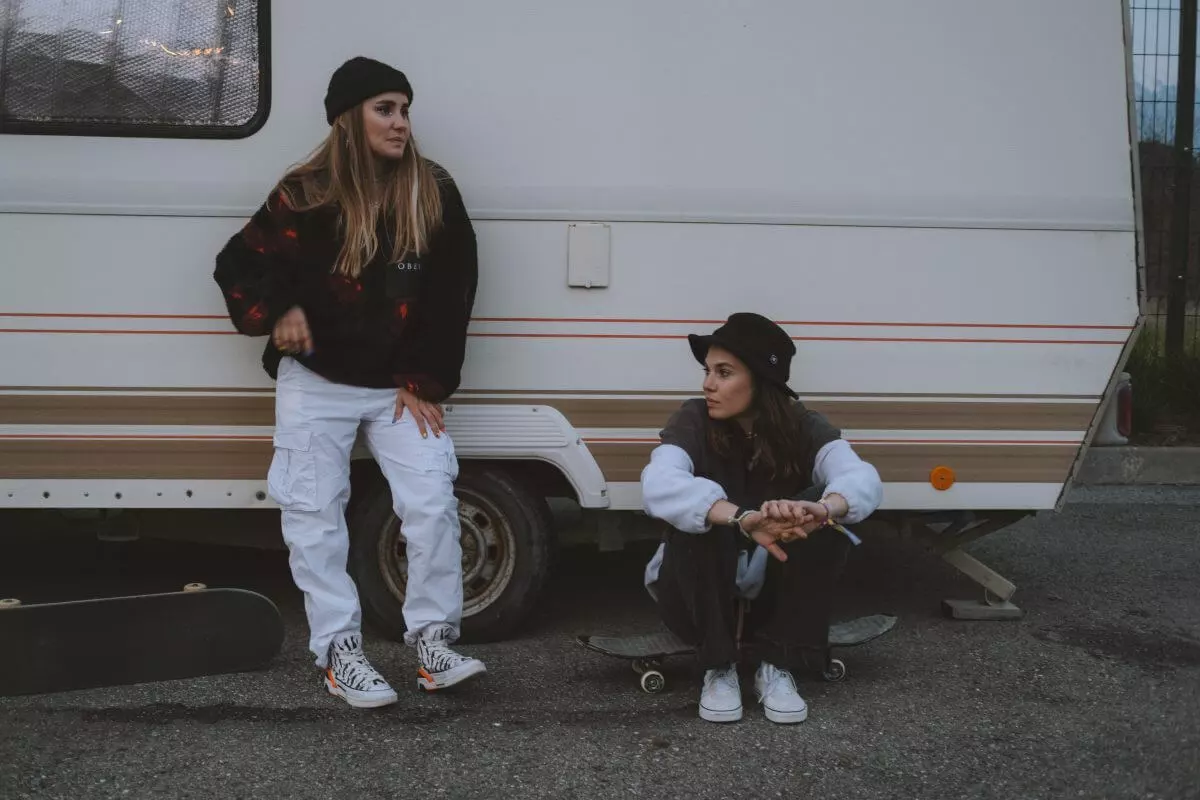
The Rise of Street Style in Pop Culture
Street style’s impact on pop culture cannot be understated. It has permeated various aspects of our lives, influencing music, celebrities, and even how we consume fashion. Let’s explore the rise of street style in pop culture and its transformative effects on the fashion landscape.
1. Street Style’s Influence on Music and Artists
Street style and music have always shared a close relationship, with fashion becoming an integral part of the music industry.
- Hip-Hop and Streetwear Collaborations: In the late 1990s and early 2000s, hip-hop artists began collaborating with streetwear brands, blurring the lines between music and fashion. These partnerships brought street style to the forefront of pop culture, as artists like Jay-Z, Pharrell Williams, and Kanye West incorporated their personal styles into their music and fashion endeavors.
- Street Style Icons and Their Impact: Street style icons within the music industry, such as Rihanna and A$AP Rocky, have become trendsetters with their bold fashion choices. Their influence extends beyond music, as they grace red carpets and fashion events, inspiring millions of fans to embrace street style as a form of self-expression.
2. Street Style’s Integration into Mainstream Media
Street style’s unique aesthetic has found a home in mainstream media, amplifying its reach and impact.
- Street Style Blogs and Fashion Influencers: The rise of street style blogs and social media influencers has democratized fashion, allowing individuals from all walks of life to showcase their personal style. Platforms like Instagram and Tumblr have become hubs for street style enthusiasts to share their outfits, inspiring others to experiment with their fashion choices.
- Fashion Weeks and Street Style Photography: Street style photography has gained prominence during major fashion weeks, where photographers capture the eclectic fashion choices of attendees outside runway shows. These images are often shared worldwide, setting trends and providing inspiration for fashion enthusiasts around the globe.
3. Street Style’s Impact on Fashion Trends
Street style’s influence on mainstream fashion trends cannot be ignored. It has redefined what is considered fashionable and challenged traditional notions of style.
- High-End Brands Embrace Streetwear Aesthetics: Luxury fashion houses have taken notice of street style’s popularity and incorporated streetwear elements into their collections. High-end brands like Gucci, Balenciaga, and Off-White now feature sneakers, hoodies, and graphic prints, blurring the boundaries between luxury and streetwear.
- Mass-Market Brands Emulate Street Style: Street style’s appeal has trickled down to mass-market brands as well. Retail giants like H&M, Zara, and Forever 21 have adapted streetwear aesthetics, offering affordable and trendy options for fashion-forward individuals.
Fashion Industry’s Embrace of Street Style
As street style gained popularity among the masses, the fashion industry took notice and began incorporating streetwear elements into their collections. This section explores the fashion industry’s embrace of street style and its profound impact on high fashion.
1. Streetwear Brands Transition into Luxury Fashion
Streetwear, once associated with underground subcultures, made a bold leap into the realm of luxury fashion, blurring the boundaries between street style and high-end designs.
- Collaborations with High-End Designers: Streetwear brands such as Supreme collaborating with renowned fashion houses like Louis Vuitton and Comme des Garçons demonstrated the fashion industry’s recognition of street style’s cultural significance. These collaborations resulted in exclusive and highly sought-after collections, merging the worlds of streetwear and luxury fashion.
- Streetwear’s Influence on High Fashion Collections: Street style’s impact on high fashion is evident in the incorporation of urban aesthetics and casual elements into runway presentations. Runway shows now feature hoodies, sneakers, and oversized silhouettes, highlighting the industry’s adoption of streetwear-inspired designs.
2. Influence of Street Style on Runway Trends
Street style’s influence extends beyond individual brands, shaping broader fashion trends showcased on runways worldwide.
- Fashion Houses Incorporating Streetwear Elements: High-profile fashion houses, including Balenciaga, Givenchy, and Off-White, have embraced street style’s influence by incorporating elements such as bold logos, graphic prints, and utilitarian details into their collections. This fusion of high fashion and streetwear has redefined contemporary trends.
- Street Style as a Source of Inspiration for Designers: Designers draw inspiration from street style, observing how individuals creatively mix and match garments to express their unique identities. These observations inspire designers to push the boundaries of conventional fashion, resulting in innovative and unconventional collections.
3. Street Style’s Impact on Retail and Consumer Culture
The fashion industry’s embrace of street style has revolutionized retail and consumer preferences, reflecting a shift in the way fashion is perceived and consumed.
- Rise of Streetwear Reselling and Limited Editions: The popularity of streetwear has led to the rise of reselling platforms like StockX and Grailed, where limited-edition collaborations and rare streetwear pieces command high prices. This resale culture has created a new market dynamic, blurring the lines between fashion, collectibles, and investments.
- Streetwear’s Popularity Among Millennials and Gen Z: Street style resonates strongly with younger generations, who value authenticity, individuality, and self-expression. Brands that embrace street style aesthetics cater to the preferences of millennials and Gen Z, influencing their purchasing decisions and shaping consumer culture.
The fashion industry’s embrace of street style has transformed high fashion, bringing together diverse elements and pushing creative boundaries. The fusion of streetwear and high-end fashion has redefined industry standards, reflecting the evolving tastes and preferences of fashion enthusiasts.

Conclusion
The evolution of street style from its humble beginnings as a subculture to its current status as a mainstream fashion phenomenon is a testament to the power of individuality and self-expression. Personally, I have marveled at how street style has transcended societal boundaries, influencing music, celebrities, and even high-end fashion. It has become a symbol of inclusivity, allowing people from all walks of life to showcase their unique styles and perspectives. Street style’s journey is a reminder that fashion is not just about trends; it is a reflection of our identities and the ever-changing cultural landscape. Embracing street style means embracing our individuality and celebrating the beauty of diversity in the fashion world and beyond.
FAQs
u003cstrongu003eWhat role do online communities and forums play in the evolution of street style?u003c/strongu003e
Online communities and forums have become essential platforms for street style enthusiasts to connect, share ideas, and seek inspiration. Websites like Lookbook and forums like Reddit’s r/streetwear have cultivated passionate communities where individuals can discuss fashion trends, exchange styling tips, and discover emerging street style icons.
u003cstrongu003eHow has e-commerce transformed the accessibility of street style fashion?u003c/strongu003e
E-commerce has revolutionized the accessibility of street style fashion. Online platforms allow individuals to browse and purchase streetwear brands from anywhere in the world, eliminating geographical limitations.
u003cstrongu003eWhat role do fashion apps and styling tools play in the evolution of street style?u003c/strongu003e
Fashion apps and styling tools have empowered individuals to experiment with their street style looks. Apps like Polyvore and Stylebook allow users to digitally curate outfits, mix and match clothing items, and visualize different combinations before trying them out in real life.
u003cstrongu003eHow has street style photography been impacted by advancements in technology?u003c/strongu003e
Advancements in technology have transformed street style photography. With the rise of high-quality smartphone cameras and photo-editing apps, anyone can capture and share street style moments.

Theresa Smith is an experienced fashion blogger. She has been blogging for nearly 10 years, and her blog posts are often featured in major publications. Her blog posts cover everything from the latest trends to tips on how to wear certain pieces of clothing. Theresa’s favorite style icons include Audrey Hepburn and Michelle Obama, who she cites as having great style.

